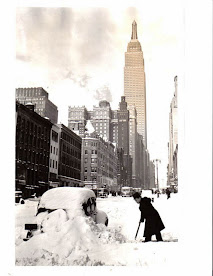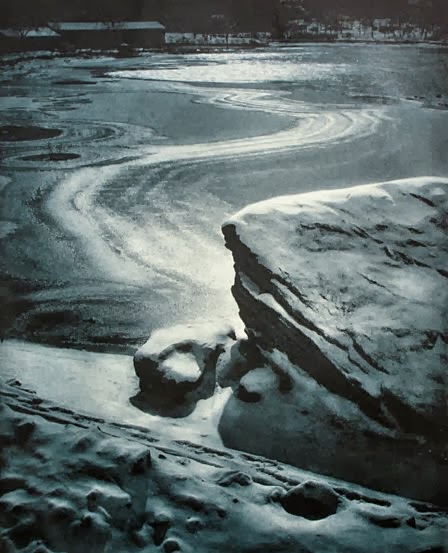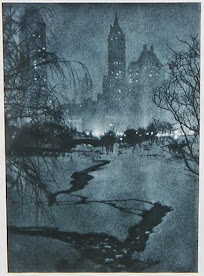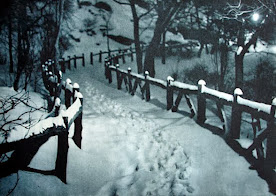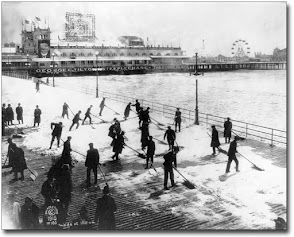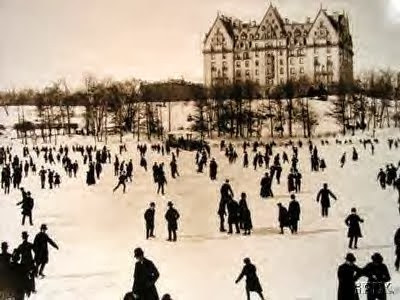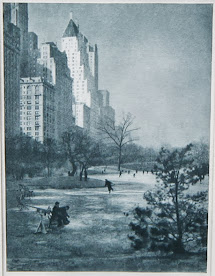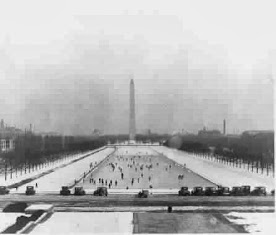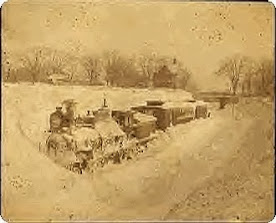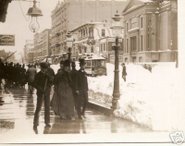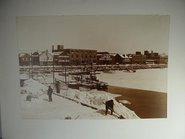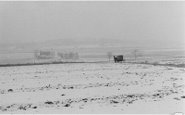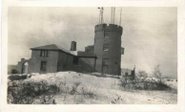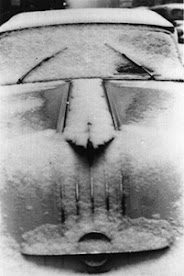
To date ... 1973 is the leading analog year for the Arctic Oscillation (
AO) in the run-up to the coming winter.
The average AO for Winter '17 / '18 would turn out negative should this come to pass. The analog forecast has winter's AO/s minimum extent in FEB then continues its decline into meteorological spring and suggests a late-winter stratospheric warming event.
One problem.
Winter '73 / '74 ENSO/s signal was strong La Nina (-1.8°C temperature anomaly) yet a weak La Nina appears in the cards for this year and unlike this year ... the corresponding PDO analog year was negative (this year it's positive; trending negative) and QBO was west-positive (this year it's east-negative and trending same).
And herein lies the problem with analogs.
Analog years don't exist in a vacuum.
'08 / '09 weak La Nina; cool PDO trending warmer; QBO west [REJECTED]
'54 / '55 weak La Nina; cool PDO trending cooling; QBO east trending west [REJECTED]
'95 / '96 weak La Nina; warm PDO trending cooler; QBO west trending east [BEST MATCH]
'94 / '95 moderate El Nino; warm trending cooler; QBO east trending west [REJECTED]
Other teleconnection indexes frequently confound the potential predictive value of a particular index.
---
Other correlation-type analysis techniques can also provide insight into the likely state of important winter teleconnection indexes.
Analysis of the Arctic Oscillation (
AO) index's period-of-record reveals a statistically
significant association (Chi-square Test for Independence; alpha = 0.05) between its sign for the month of NOV and the sign of the average AO index during a subsequent meteorological winter (D-J-F).
Period-of-record correlation analysis finds if NOV/s AO is negative (positive) ... then there's a 72% (52%) probability the winter's average AO/s sign will also be negative (positive). The analysis false alarm rate is 28% (48%).
---
Historical note: this is NEWxSFC web log's 1000th post!










































